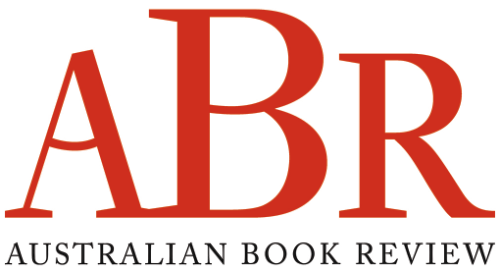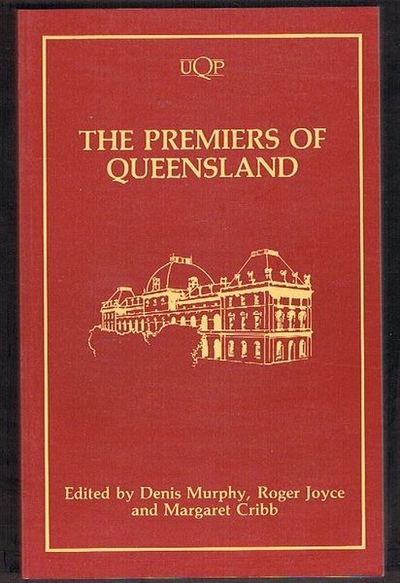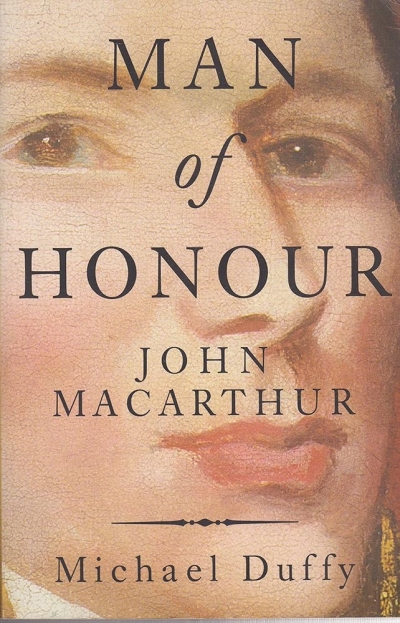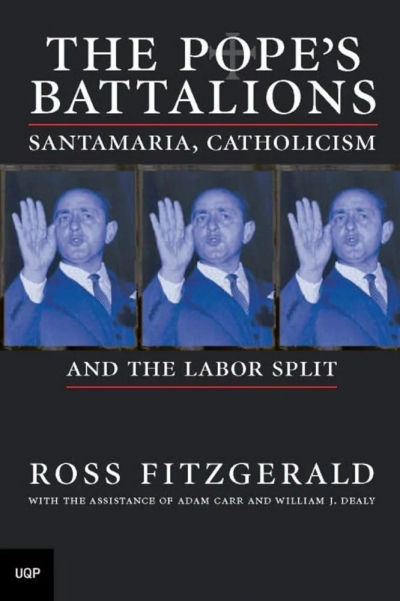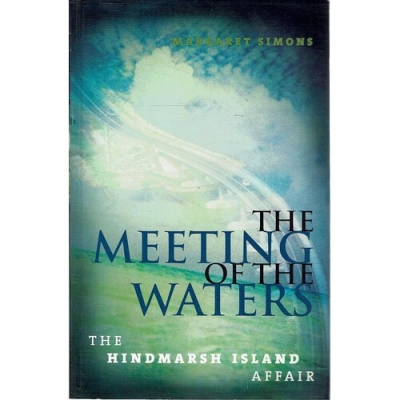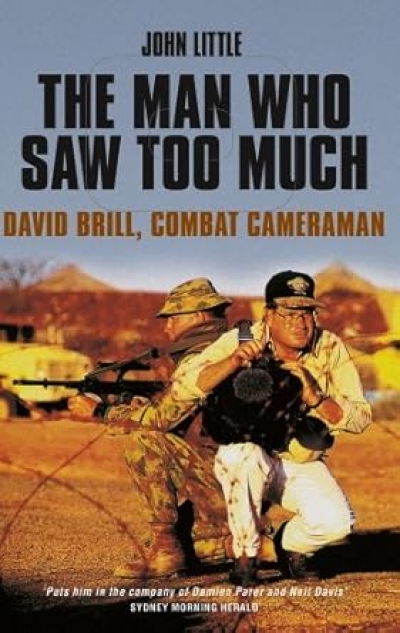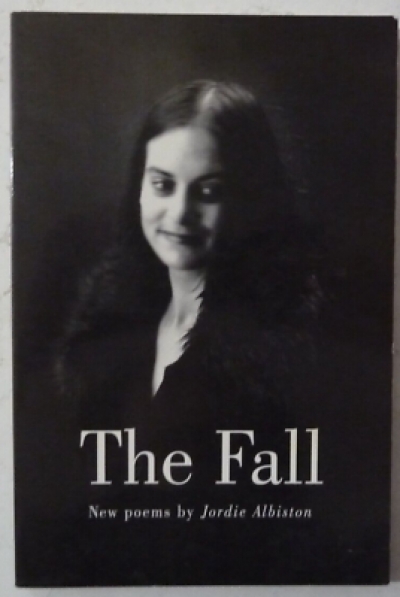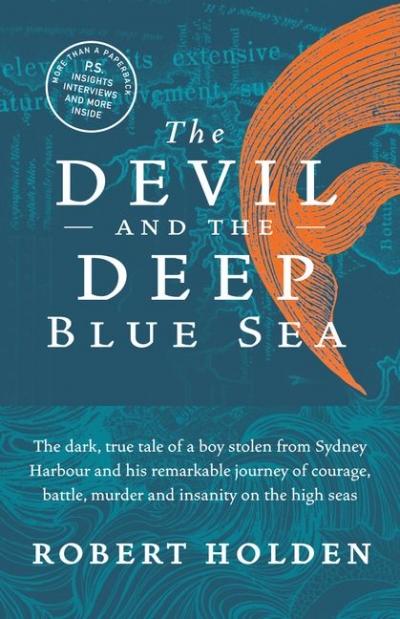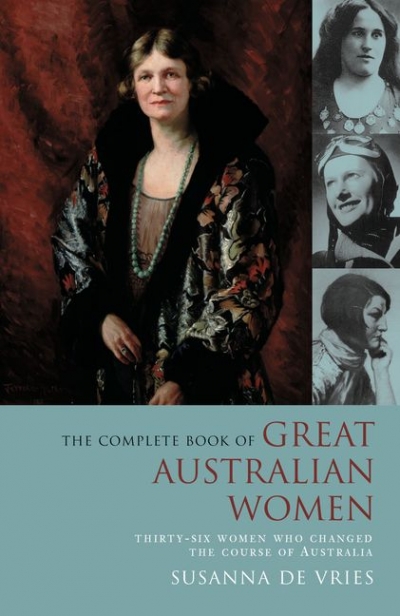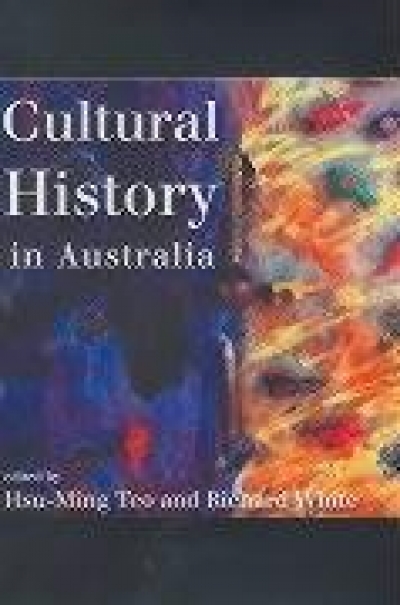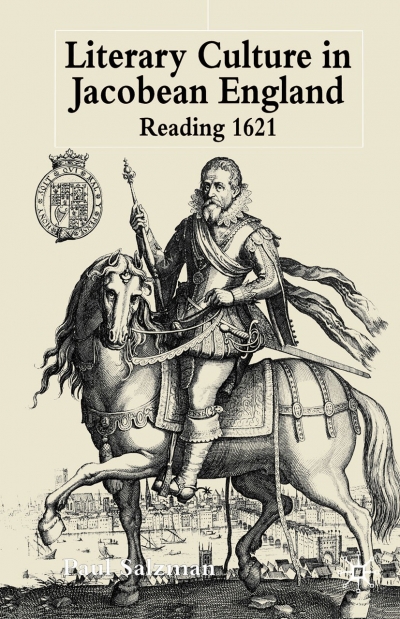Review
Man of Honour: John Macarthur – duellist, rebel, Founding Father by Michael Duffy
by Alan Atkinson •
The Pope’s Battalions: Santamaria, Catholicism and The Labor Split by Ross Fitzgerald
by Heather Nash •
The Meeting Of The Waters: The Hindmarsh Island Affair by Margaret Simons
by Kerryn Goldsworthy •
The Man Who Saw Too Much: David Brill, Combat Cameraman by John Little
The Complete Book of Great Australian Women: Thirty-six women who changed the course of Australia by Susanna de Vries
by Clare Wright •
Cultural History in Australia edited by Hsu-Ming Teo and Richard White
by Stuart Macintyre •
Literary Culture in Jacobean England: Reading 1621 by Paul Salzman
by Marion J. Campbell •
